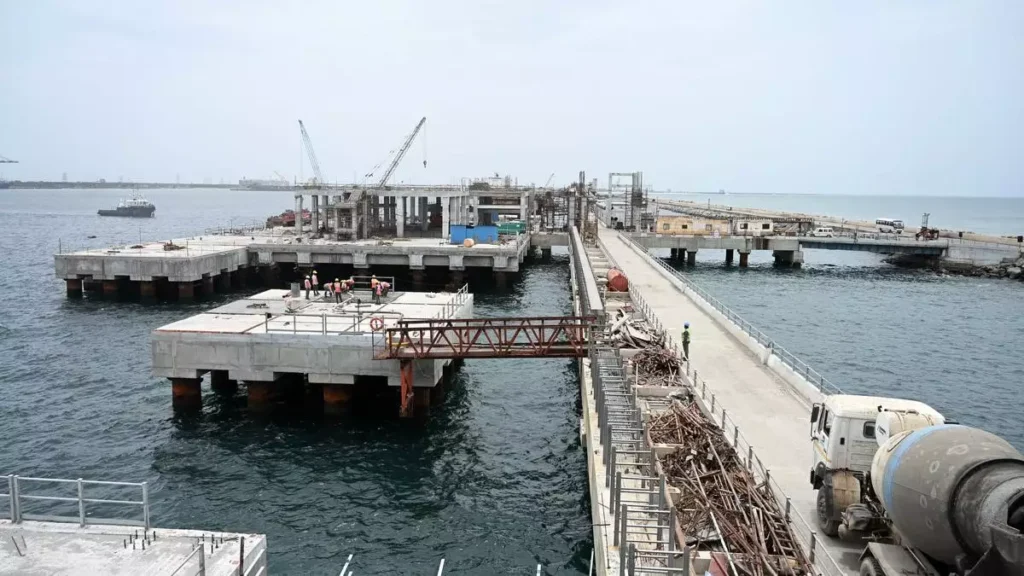Ballast water carried by ships is enabling the introduction of exotic and invasive species into coastal areas, raising ecological concerns.
About Ballast Water:
- It is fresh or saltwater stored in the ballast tanks and cargo holds of ships to ensure stability and manoeuvrability during voyages.
- This water is crucial when ships are not carrying enough cargo or face rough sea conditions, as it provides the necessary balance.
- Biological Risks: It often contains various biological materials, including bacteria, microbes, and small invertebrates.
- Ecological Impact: When untreated ballast water is discharged at a ship’s destination, it can introduce non-native species into local ecosystems, potentially causing significant ecological imbalances.
- Regulations: The International Convention for the Control and Management of Ships’ Ballast Water and Sediments (BWM Convention) was adopted in 2004 to regulate and minimize the transfer of potentially invasive species through ballast water.
Ref: Source
| UPSC IAS Preparation Resources | |
| Current Affairs Analysis | Topperspedia |
| GS Shots | Simply Explained |
| Daily Flash Cards | Daily Quiz |
Frequently Asked Question:
Does India have laws against invasive species from ballast water?
Yes, India has regulations under the Ballast Water Management Rules, 2020, which align with the International Maritime Organization’s guidelines to prevent the spread of invasive species through ballast water.
What is ballast water used for on ships?
It is used to ensure the stability and manoeuvrability of ships during voyages.
Why it is an ecological concern?
It can introduce invasive species into local ecosystems, causing ecological imbalances.
What types of biological materials are found in ballast water?
It often contains bacteria, microbes, and small invertebrates.
What is the BWM Convention?
The BWM Convention is an international regulation adopted to control and manage the risks associated with ballast water.



